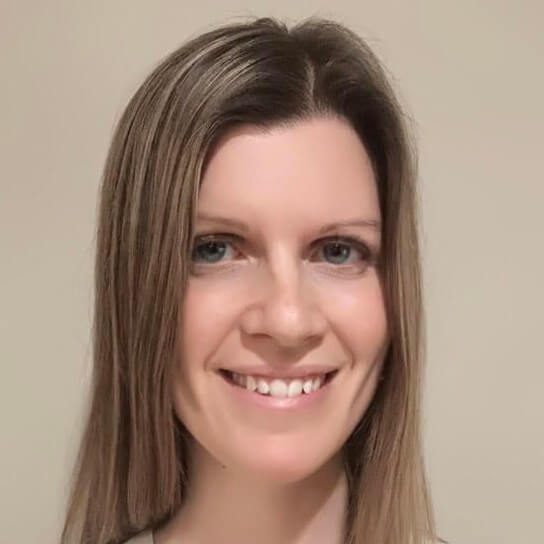How to Answer: How would you feel if you had to change the aim and direction of a project midway through completion?
Advice and answer examples written specifically for a Klarna AB job interview.
3. How would you feel if you had to change the aim and direction of a project midway through completion?
Why the Interviewer Asks This Question
Your interviewer is curious about how adaptable you are when plans change or things don't go according to plan and whether you possess the emotional intelligence to shift priorities and adjust your goals. Whether change is required due to a contingency or a result of the team being led towards recent innovation, their goal is to determine your attitude. So learn as much as you can about Klarna's culture and approach to teamwork, leadership, and innovation.
Written by Kevin Downey on September 2nd, 2023
What You Need to Know
Klarna's 8 leadership principles are integral to their innovative culture and identity. They state that they steer the actions of all their employees and guide their growth. One of those principles is to challenge the status quo: "Leaders never miss an opportunity to disrupt the industry. They challenge the status quo, confront their customer's problems and find simple solutions, fast. They experiment and chase their curiosity by testing and adapting their ideas. Leaders embrace change, iterate, and innovate."
Written by Kevin Downey on September 2nd, 2023
1st Answer Example
"I am a realist and know that in the software world, user requirements routinely change. But, if I noticed the changes were out of line, I'd first look at our internal processes to see where we can improve. If a requirement document needed updating, I would work with my engineering team to ensure that was done. Then, I would pick up the phone to speak with our customer who put through the request to get firsthand knowledge about the situation. In my experience, this is the best way to ensure that user requirements changes are effective on the first try."
Written by Kevin Downey on September 2nd, 2023
2nd Answer Example
"I was recently in a similar situation. My first step was to document all email communication surrounding the changes up to that point. By getting all the conversations in one spot, I was able to document all of our known requirement changes and send them to the key decision-maker from the customer to both sign off on and prioritize the changes we were to be making in the near future. This allowed the customer to provide direct feedback and feel a part of the direct process while outlining our priorities moving forward."
Written by Kevin Downey on September 2nd, 2023
Anonymous Interview Answers with Professional Feedback
Anonymous Answer
Marcie's Feedback
